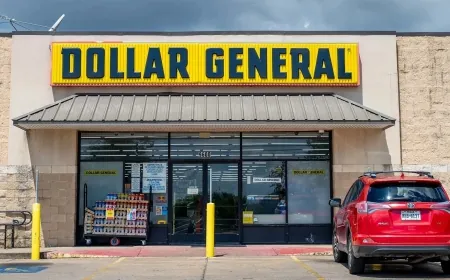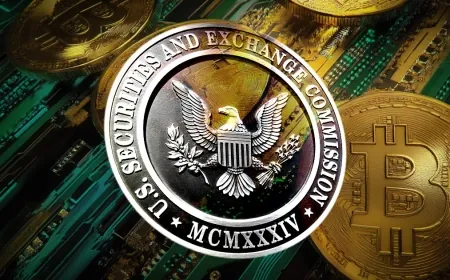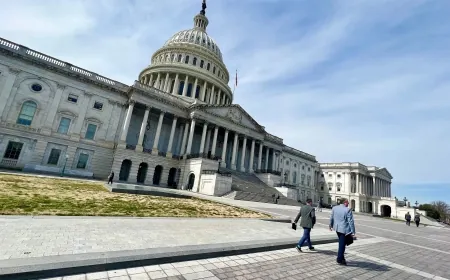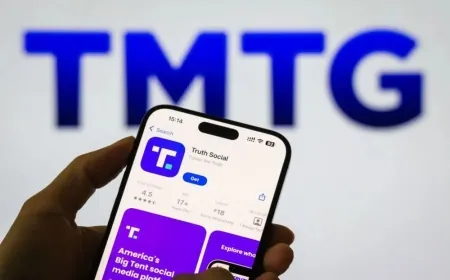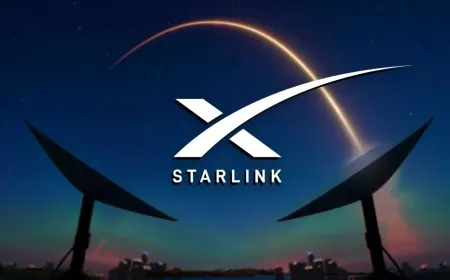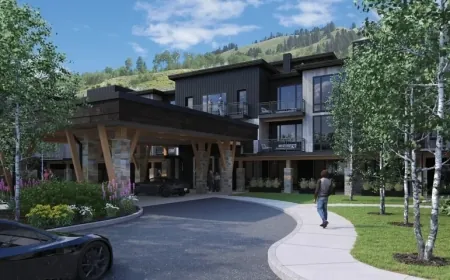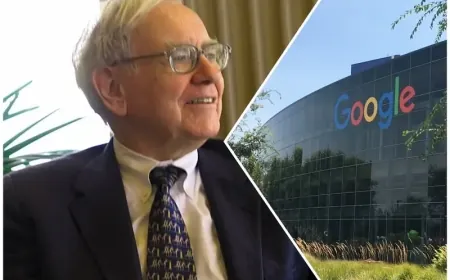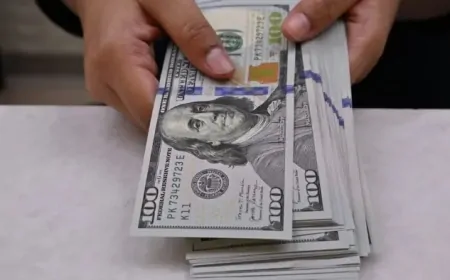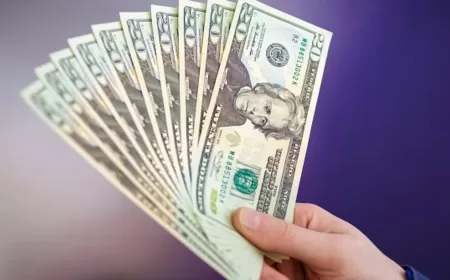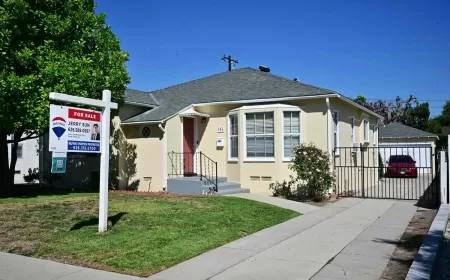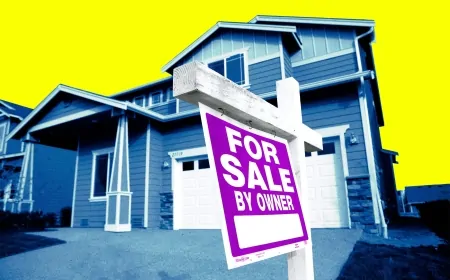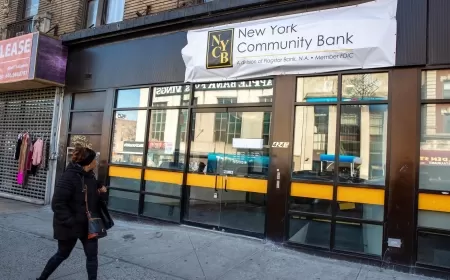Mortgage Demand Crashes as Rates Spike to 6.88%—Homebuyers Pull Back
Mortgage demand drops as 30-year rates surge to 6.88%. Buyers and refinancers back off while adjustable-rate loans gain popularity.
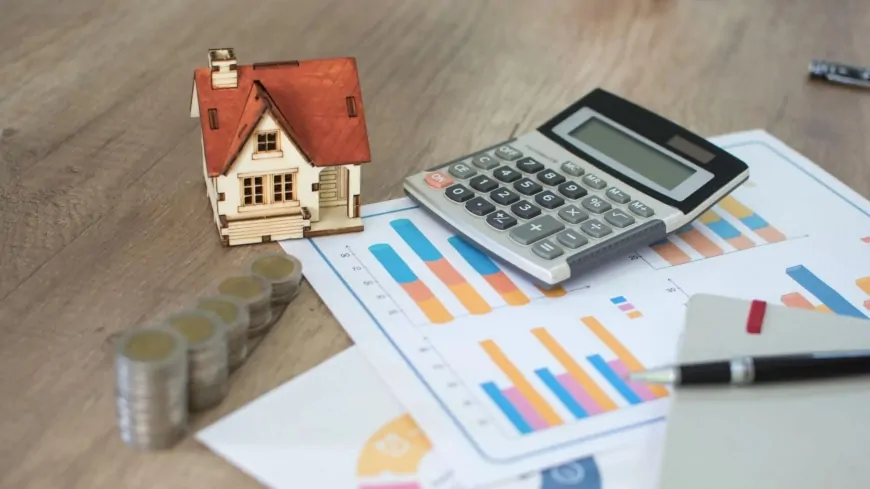
Mortgage activity fell sharply last week as rising interest rates added fresh pressure to the U.S. housing market. The sudden spike in borrowing costs, fueled by market jitters and economic uncertainty, appears to be cooling buyer enthusiasm at a time when the market was starting to regain some momentum.
New figures from the Mortgage Bankers Association show that applications to buy a home dropped by 5% in the past week, while refinance applications slid 12%. This downturn comes as mortgage rates climbed significantly, following turbulence in financial markets tied to ongoing concerns over U.S. trade policy.
“Purchase volume is still higher than this time last year, but the recent swings in rates and broader economic anxiety are likely making some buyers think twice before locking in a mortgage,” said Mike Fratantoni, chief economist at the MBA.
The average 30-year fixed mortgage rate rose to 6.81% last week, up from around 6.6% just a few days earlier. The rise mirrored a surge in the 10-year Treasury yield, which often guides mortgage pricing. The jump came after investors sold off stocks and bonds amid renewed concerns over U.S. tariffs. While the White House has since stepped back from some of the tariff increases, the temporary market turmoil was enough to push mortgage rates higher.
By Tuesday, rates had crept up even further, reaching 6.88% based on daily tracking data. For borrowers already grappling with high home prices, the rise in rates has added another layer of affordability challenges.
In response, more buyers are turning to adjustable-rate mortgages (ARMs), which offer lower introductory rates compared to fixed-rate loans. ARMs accounted for nearly 10% of all mortgage applications last week — the highest share since late 2023, when fixed rates topped 7%. For some borrowers, the trade-off of lower upfront payments is worth the risk of future rate resets, especially if they don’t plan to stay in the home long-term.
What this trend reveals is a housing market that’s still very sensitive to changes in borrowing costs. While demand hasn't vanished, it is clearly shifting. Buyers are becoming more selective, and many are reconsidering their timelines — or their budgets — as economic signals grow more mixed. The rate-driven slowdown may not be long-lasting, but for now, it's enough to give both buyers and lenders a reason to pause.
Also Read: 3 Must-Know Real Estate Tax Benefits Investors Can Use in 2025








